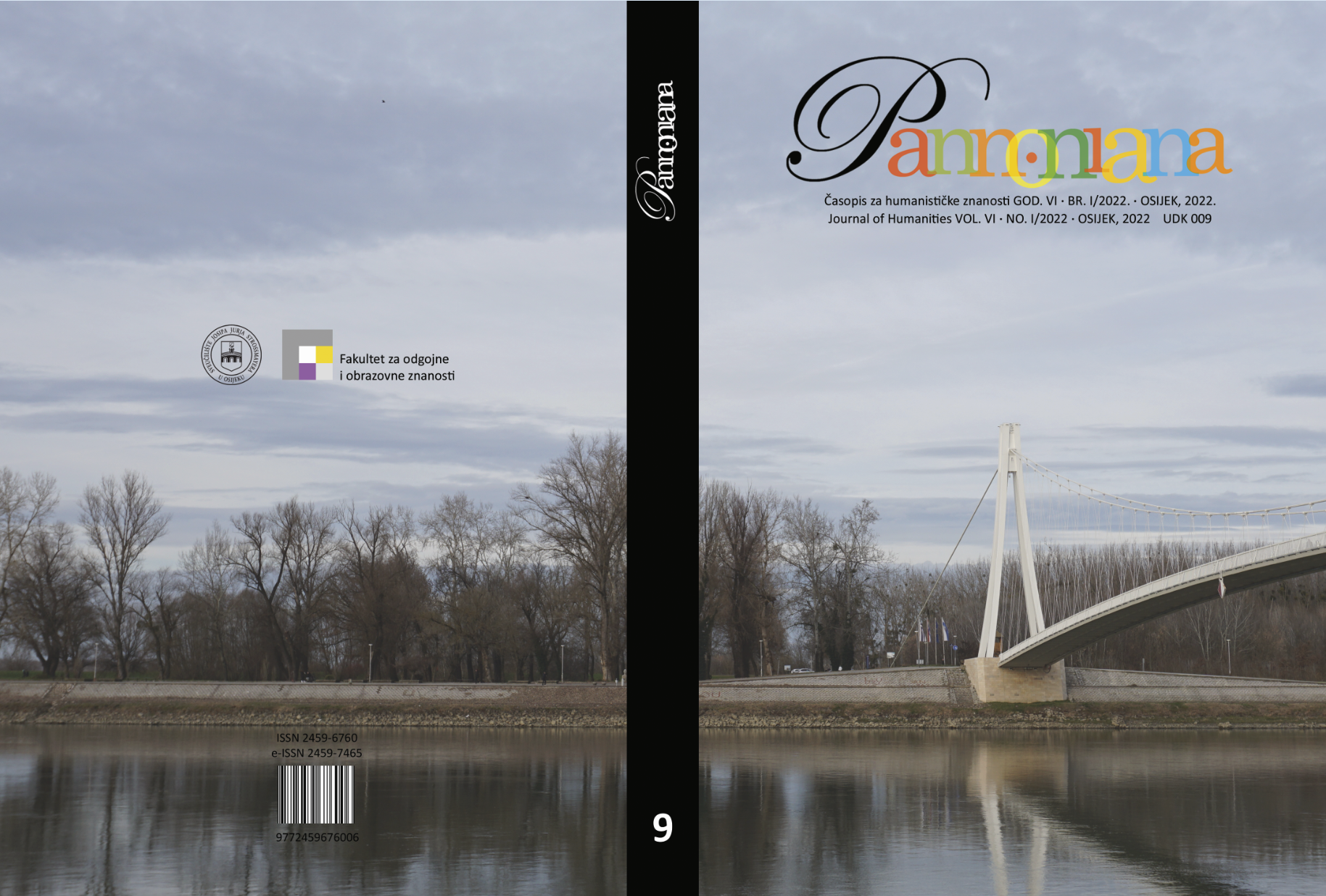Environmental Aesthetics and Land Art
Original scientific article
DOI:
https://doi.org/10.32903/p.6.1.1Keywords:
Ronald W. Hepburn, Robert Smithson, aesthetics, environmental aesthetics, land artAbstract
In this paper, the author reflects on the relationship between environmental aesthetics and land art. By considering their historical development, the author first addresses the terminology problem which prompted him to understand land art as a hypernym – i.e. a term that semantically encompasses other art practices (e.g. “Earth art”, “Earthworks”, “Site art”, “Arte Povera”, “Environment(al) art”, and “Ecological art”). Moreover, by considering certain features of land art (e.g. integration, interruption, involvement, implementation, and imagining), the author proposes a thesis according to which land art represents not only a contemporary art movement but also a new form of the aesthetic experience of nature. In the further development of this thesis, the author focuses on two aesthetic principles of land art – participation and entropy – which in the history of aesthetic theory have been almost non-existent, pushed to the margins, or completely neglected. Finally, by finding solid theoretical foundations for this thesis in Ronald W. Hepburn’s ground-breaking essay “Contemporary Aesthetics and the Neglect of Natural Beauty” (1984), as well as some land art projects (e.g. Robert Smithson, Spiral Jetty, 1970), the author emphasises the strong theoretical connection between environmental aesthetics and land art.
Downloads
Published
Issue
Section
License
Copyright (c) 2022 Pannoniana

This work is licensed under a Creative Commons Attribution-NonCommercial-ShareAlike 4.0 International License.




